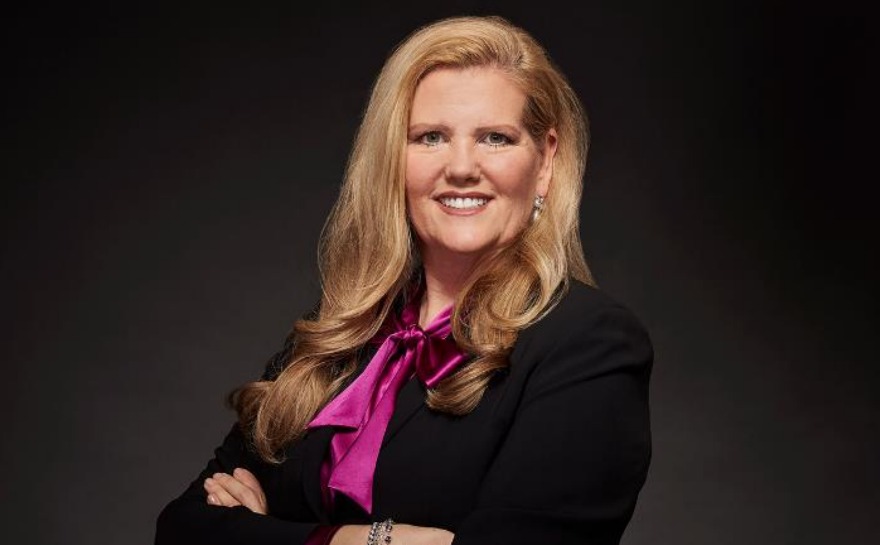 Emma Cullen, Chief Operating Officer, UK, Fiera Real Estate (L), and Arthur Melkonian, Chief Operating Officer, Equinox Partners.
Emma Cullen, Chief Operating Officer, UK, Fiera Real Estate (L), and Arthur Melkonian, Chief Operating Officer, Equinox Partners.
The siloed and the stakeholder approach can be extremely divergent in how they affect business operations. Operating offices must be aware of the ways these methods can influence day-to-day work.
This point was reiterated by Emma Cullen, Chief Operating Officer, UK, Fiera Real Estate, and Arthur Melkonian, Chief Operating Officer, Equinox Partners, who gave their thoughts on the topic, in Clear Path Analysis’ “Clearing the technical debt of the past to future proof the investment industry” report.
“In my role, I look at how we deal with data within [the company] and understanding how you use a data-driven approach to build your business is very different to having your team and your users working independently or with siloed excel spreadsheets,” said Cullen.
“You need to work collectively to understand how and why your data is structured the way that it is, how it is used within your business and how it moves within the organisation,” she explained.
"We were looking to translate all our data in our accounting system into a more performance metric-type of system so that it could be translated into SQL servers.”
This effort is particularly important given the sheer amount of data produced by companies daily, which can overload fund managers. They need, increasingly, to learn how to manage and translate their data. A September 2022 McKinsey report noted that, by 2025, “individuals and companies around the world will produce an estimated 463 exabytes of data each day.” That number gets larger daily and is currently more than 450 times the amount produced a decade ago, which the article said was less than three exabytes.
Melkonian said his experience with data silos was similar to Cullen’s with one particular project. “We were looking to translate all of our data in our accounting system into a more performance metric-type of system so that it could be translated into SQL servers. We didn’t have the expertise in house, so we looked outside.”
"You are asking your teams to change the idea that data inside any application is more than the application itself and that you need to work collectively to implement any kind of change.”
He said that there are plenty of off-the-shelf solutions that could be repackaged for their needs. “We found a particular solution that was able to do what we needed with our data,” said Melkonian. “Seeking external solutions can be seen as a liability but it addresses a lack of internal expertise and once it is inside your organisation (e.g., on your servers) it becomes an asset.”
Cullen also said she has views on the topic of data translation, which could alter the way data is used within the organisation. “For me, digitisation is 20% tech and 80% process. Effectively, you are asking your teams to change the idea that ultimately, data inside any application is more than the application itself and that you need to work collectively to implement any kind of change.”
Collective implementation is key, and the statistics around the matter are telling. McKinsey’s 2021 Global Survey, for instance, found that 17% of around 1,000 respondents said their companies have a dedicated data governance committee that includes risk and legal professionals. 27% said that their company’s data professional check for skewed data from the get-go.
McKinsey’s September 2022 report outlines seven building blocks for more ethical, transparent, and seamless data management practices. First, they say, “set company-specific rules for data usage”. Then, “communicate your data values, both inside and outside your organisation, build a diverse data-focused team, engage champions in the C-suite, consider, the impact of your algorithms and overall data use, think globally, and embed your data principles in your operations.”
Improving the bottom line
The question of whether an improvement to an organisation’s top and bottom-line operating cost can be experienced through the elimination of technical debt was addressed by both Cullen and Melkonian.
“To bring in a team of experts and make them a part of your own infrastructure and team on your own payroll would be an exorbitant amount, as opposed to finding the right experienced partner that is already established with an off-the-shelf-type of solution,” said Melkonian. “Why hire an entire desk or tech experts when they already exist out there within their own organisation?”
Cullen said that, for her, technical debt meant paying for the work that had accumulated and then having to clean up. “As an organisation, we did bring someone in-house, which we were able to do because there are so many new cloud-based solutions and low-code or no-code software. In a world where you used to only deal with on-premises solutions, we would never have had the resource and infrastructure to be able to support that. With the help of someone who does sit on our payroll, we have been able to build our own database. It has allowed us to bring structure around our existing processes.”
"It is a cultural change for the people who work in our business to change the way they do things."
She continued, saying that “a lot of the stuff that is being talked about is a paradigm shift. It is a cultural change for the people who work in our business to change the way they do things as well as in how they understand programme management and how a digital transformation might take place. Some of the concepts that we are talking about and the difficulty that we have had dealing with people means that, whilst there is no doubt that there are a lot of experts that can help you enormously, it is also great to have someone on the inside who can execute bespoke projects and who really understands the business’s needs.”
To read more of this discussion and see the report in full, click here.
Please Sign In or Register to leave a Comment.
SUBSCRIBE
Get the recent popular stories straight into your inbox







